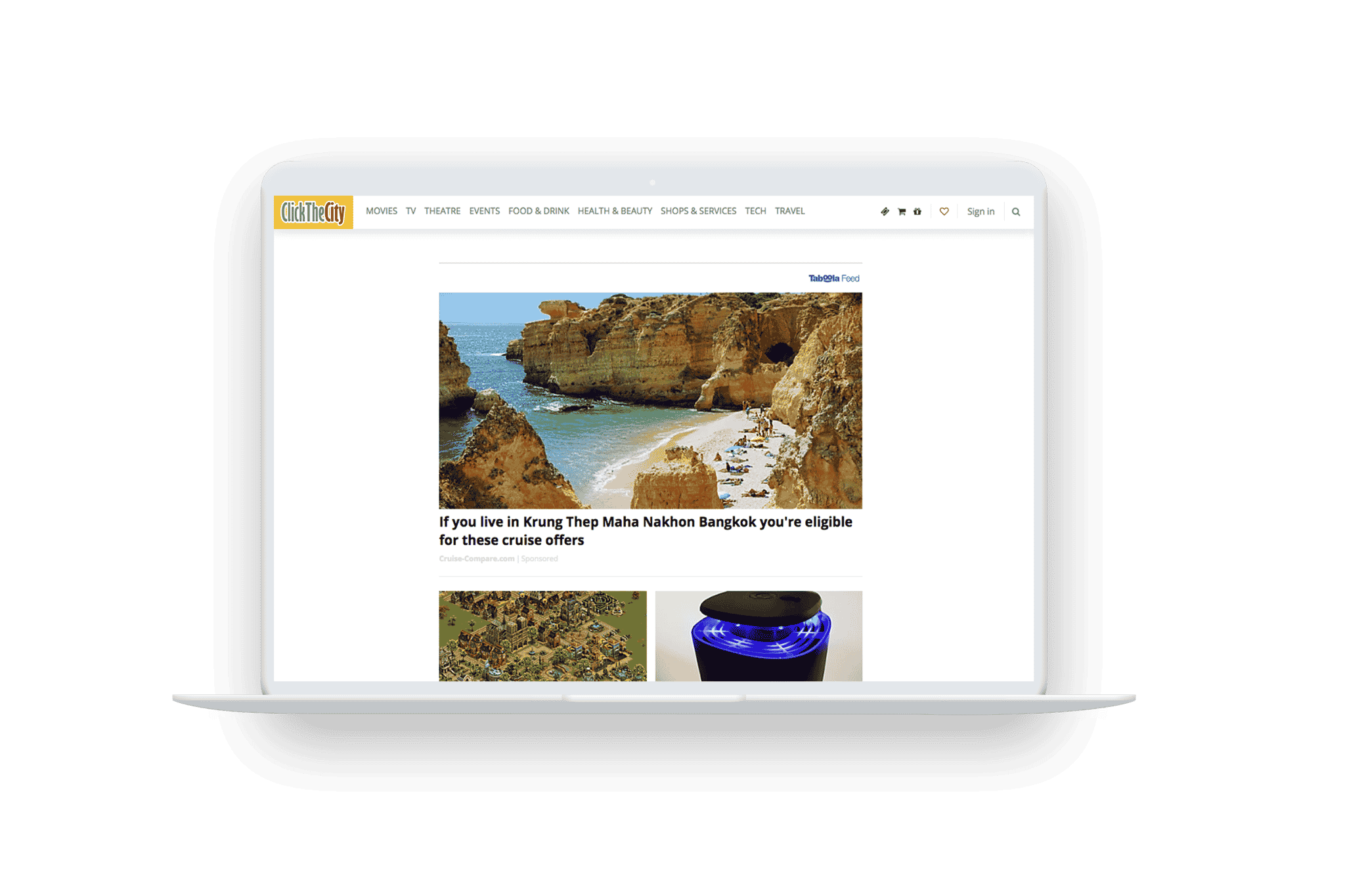Whether you want to turn your side-gig into a full-time business, or transform your hobby blog into a go-to publication for a niche community, you’re about to take a huge step.
And, that step is often rooted in monetization.
If you want to generate consistent revenue from your website, you need to monetize it with ad placements that keep consumers engaged and enhance their experience. In this way, you can earn money from each page visit and impression and your small publication keeps running with help from brand partners.
This is where video monetization comes into play.
The Importance of Video Monetization
Banner ads and sponsored posts aren’t the only website ad formats. There are a range of ways to monetize your website — from embedding affiliate links to launching membership programs — and video is one of the most effective.
Across the internet, consumers are engaging with video on social media, streaming platforms, and mobile devices. Digital video viewership isn’t slowing down any time soon. According to Zenith, people will view 84 minutes of video each day in 2020, jumping to 100 minutes in 2021.
Unsurprisingly, advertisers are ramping up their investments to reach these video-hungry audiences. As the Interactive Advertising Bureau reported, digital video ad spend jumped from $14.2 million in 2018 to $18 million in 2019 in the U.S., and marketers are increasing their digital video ad budgets by 25% year-over-year.
Mobile and programmatic advertising drives these investments, presenting opportunities for marketers to reach targeted audiences at scale with relevant, visually dynamic content. Video also allows advertisers more creativity; they can, for example, experiment with product demonstrations, interviews, how-to guides, animation, and illustration.
This is all great news for publishers. With such high demand for video inventory, publishers can meet advertisers halfway by offering video ad placements on their websites. With this strategy, consumers can continue to enjoy their favorite ad format, advertisers can share their messaging in innovative ways, and publishers can effectively increase revenue.
Types of Video Ad Placements
Video ads aren’t one-size-or-placement-fits all. Like display ads, video ads can take up different pieces of real estate on small publisher sites, reaching visitors at various points in their on-page journey.
Bottom-of-Article Video Ads
These video ads are placed at the bottom of articles on small publisher sites, engaging readers when they’re done with their chosen content and ready for something new. Nielsen and Taboola define this as the “moment of next” — the best time to capture the consumer’s attention and generate an emotional response.
Taboola also found that native video ads increase viewability by 70% and drive between three and six times higher RPMs (revenue per 1,000 impressions) than display ads in the same spots.
Nutrition blog, Avocadu, for example, hosts video ads at the bottom of its articles, sitting right below the social share buttons and author bio, and right above its call to action (such as for downloading an ebook) and comments section.

With Taboola, publishers can incorporate recommended video ads in a scrolling newsfeed format at the bottom of their articles.
When, for instance, ClickTheCity.com, an online entertainment and lifestyle publication of the Philippines, wanted to drive revenue beyond search and social, it partnered with Taboola.
After placing video ads on its site, it quadrupled advertising revenue, increased RPMs by 210%, and saw a 100% increase in overall monthly revenue.

Slider Video Ads
Slider video ads are small video ads that swoop in from the bottom right or left-hand corner of the screen, and often remain there as the reader scrolls through the site’s content.
Take Get Healthy U, a fitness blog that incorporates slider video ads into its articles:

At any point, the reader can choose to view the video ad, rewatch it, turn the sound on, or click through to learn more about the marketed products.
Mid-Article Video Ads
Mid-article ads sit in between paragraphs or sections of an article. Though they reach readers sooner than bottom-of-article video ads, they can be less engaging because they disrupt the user experience and risk frustrating site visitors by interrupting their content.
Consider this mid-article video ad on The Budget Fashionista, positioned in between a list of article items and products:

How to Track Video Monetization
Video ads come with unique analytics for measuring monetization performance and revenue. Common video monetization performance metrics include:
- RPM – This indicates revenue per 1,000 impressions. If you had 100,000 site visitors in a month who saw your ads, and you earned $500 in ad revenue, that means you had an RPM of $5.
- Cost-per-view (CPC) – This is the amount you earn each time a visitor views a video ad. Many monetization platforms use different time thresholds to indicate a view, such as three seconds or 30 seconds.
- Cost-per-complete view (CPCV) – This is the amount you earn each time a visitor views an entire video.
Publishers track these metrics to assess how much revenue they’re earning and how effective their video ads are at engaging readers. If CPCV is low, for example, that means viewers aren’t sticking around to watch the whole video ad. So, publishers might work with advertisers to switch out their ads and try new placements. If RPMs are low, publishers might boost strategies driving more paid and organic traffic to their sites.
The Big Benefits of Video Ads for Small Publishers
Video monetization can help small publishers turn their passion into a sustainable business that drives revenue and captivates loyal audiences. By understanding how video ad placements and tracking works, publishers can more effectively tap advertisers to buy space on their website and reach consumers with this engaging format.